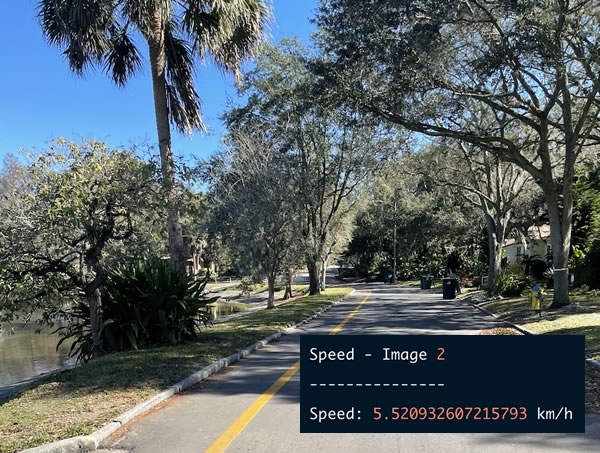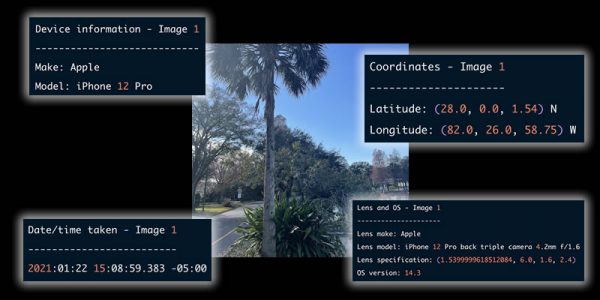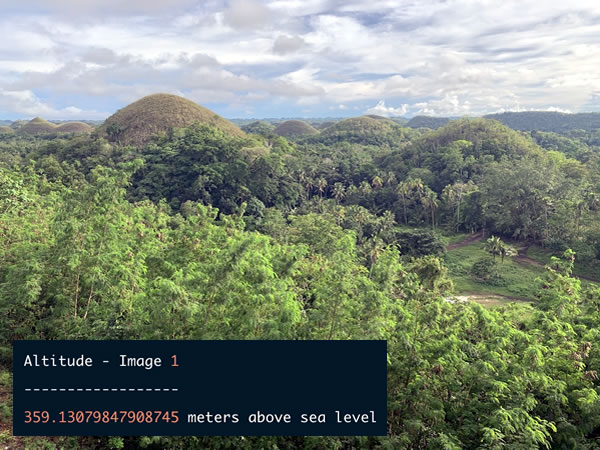 My latest article on the Auth0 blog, How to Read and Remove Metadata from Your Photos With Python, shows you how to use Python and the exif module to examine, alter, and even remove the metadata that your phone adds to pictures you take.
My latest article on the Auth0 blog, How to Read and Remove Metadata from Your Photos With Python, shows you how to use Python and the exif module to examine, alter, and even remove the metadata that your phone adds to pictures you take.
 In addition to picture data, photos taken with smartphones and modern digital cameras contain metadata, which is additional information about the photo. This metadata is stored in a format called EXIF, which is short for EXchangeable Image File format, which is a continually evolving standard for information added to digital image and sound recordings.
In addition to picture data, photos taken with smartphones and modern digital cameras contain metadata, which is additional information about the photo. This metadata is stored in a format called EXIF, which is short for EXchangeable Image File format, which is a continually evolving standard for information added to digital image and sound recordings.
In photos, EXIF can include information such as:
- The dimensions and pixel density of the photo
- The make and model of the device used to take the photo
- Zoom, aperture, flash, and other camera settings when the photo was taken
- The orientation of the device when the photo was taken
- When the photo was taken
- Where the photo was taken
- Which direction the camera was facing
- The altitude at which the photo was taken
My article will show you how to use Python’s exif module to access this information, as well as how to alter it (I show you how to tag your photos so it seems as if they were taken at Area 51) or erase it.

EXIF data was recently in the spotlight as a result of the January 6th riots in Washington, DC. Many of the rioters posted photos to Parler, which did not strip EXIF data from photos uploaded to it.
When Parler started to shut down as a result of Amazon and other providers kicking them off their services, it opened some security holes that a hacktivist who goes by the handle @donk_enby was able to exploit. They were able to scrape the posts and uploaded photos and videos and upload them to the Internet Archive. Soon after, it was discovered that Parler never removed the EXIF data from the photos and videos, which made it possible to easily identify participants in the riot, see who broke into the Capitol, and for authorities to make arrests. The New York Times used this data to make a timeline of events, which they published in their article, How a Presidential Rally Turned Into a Capitol Rampage.

While Parler’s sloppy security was by and large good news, there’s still good reason to follow good security practices, and part of that is managing EXIF data in photographs. That’s what my article covers, and in a fun way as well!
Read the article on the Auth0 blog: How to Read and Remove Metadata from Your Photos With Python.

